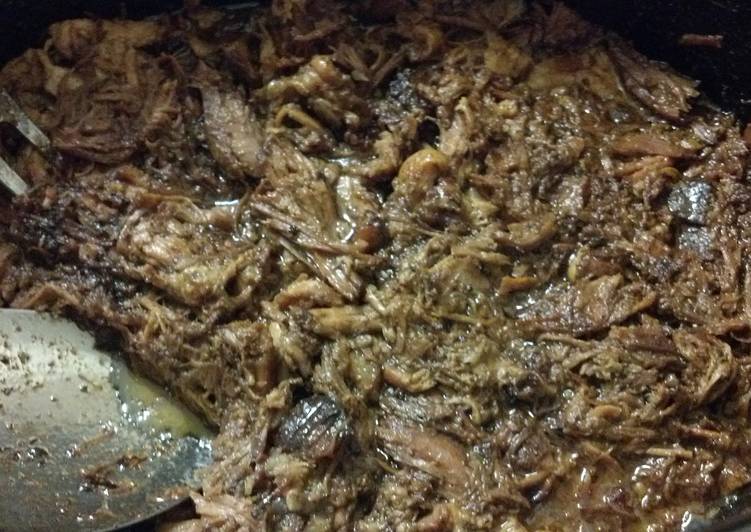Hey everyone, welcome to my recipe page, looking for the perfect Korean Bibimbap recipe? look no further! We provide you only the best Korean Bibimbap recipe here. We also have wide variety of recipes to try.

Before you jump to Korean Bibimbap recipe, you may want to read this short interesting healthy tips about Ways To Live Green And also Spend less Money In The Kitchen.
It was not that long ago that hippies and tree huggers were the only ones to show concern regarding the well-being of the surroundings. That’s a thing of the past now, with everybody being aware of the problems besetting the planet as well as the shared responsibility we have for turning things around. Unless everyone begins to start living much more environmentally friendly we won’t be able to fix the problems of the environment. This needs to happen soon and living in approaches more friendly to the environment should become an objective for every individual family. Here are a few tips that can help you save energy, mainly by making your kitchen area more green.
Refrigerators and freezers use a lot of electricity, particularly when they are not working as economically as they should. In case you can get a new one, they use about 60% less than the old versions that are more than ten years old. The right temperature settings for your fridge and freezer, whereby you’ll be saving energy and optimising the preservation of food, is 37F and 0F. Checking that the condenser is clean, which means that the motor needs to operate less often, will also save electricity.
As you can see, there are plenty of little elements that you can do to save energy, and also save money, in the kitchen alone. Efficient living is something we can all perform, without difficulty. It’s concerning being practical, more often than not.
We hope you got benefit from reading it, now let’s go back to korean bibimbap recipe. You can have korean bibimbap using 28 ingredients and 13 steps. Here is how you achieve it.
The ingredients needed to cook Korean Bibimbap:
- Provide Meat
- You need 200 G Minced Pok, Beef, Chicken or Tofu
- Provide 2 TBSP Soy Sauce
- Provide 2 TBSP Sesame Oil
- Prepare 2 TSP Sugar
- Get 1/2 TSP Minced Garlic
- You need Vegetables (A handful per serving depending on your personal liking)
- Prepare Spinach
- Get Bean Sprouts
- Use Shiitake Mushrooms
- Provide Kelp
- Use Bell Pepper
- Provide Carrots
- Get 1/2 TSP Fine Salt
- Use Korean Seasoned Seaweed
- Use Some Cooking Oil
- Prepare Others
- Take Rice
- Use 4-5 Eggs
- You need Sauce
- You need 4 TBSP Gochujang Sauce
- You need 2 TBSP Sesame Oil
- Prepare 2 TBSP Sugar
- You need 2 TBSP Water
- Prepare 2 TBSP Toasted Sesame Seeds
- Use 1 TBSP Shaoxin Rice Wine
- Get 2 TSP Apple Coder Vinegar
- Provide 2 TSP Minced Garlic
Instructions to make Korean Bibimbap:
- Marinate Meat (Let it marinate while we prepare the rest)
- Cool rice or use leftover
- Put all your sauce ingredients into a bowl and mix it around evenly
- Cut all vegetables into strips
- Rehydrate kelp, Shiitake & cut into strips
- Stir fry all vegetables lightly and separately
- Cut seasoned seaweed into stripped
- Set them aside separately
- Stir fry marinated meat
- Scoop rice into a bowl
- Put cooker assortments & meat on top of the rice
- Fry an egg and put it on top of everything (Sunnyside up)
- Pour sauce on top of everything & viola!
Bibimbap (비빔밥) is a large bowl of rice topped with an array of individually prepared vegetables and meat and served with a gochujang (고추장) sauce. Bibim means mixing, and bap means rice. The mixing usually happens at the table by the diner. Bibimbap is a Korean rice bowl served with an assortment of meat and vegetables. The word bibim refers to a mix of various ingredients, while bap refers to rice.
If you find this Korean Bibimbap recipe useful please share it to your good friends or family, thank you and good luck.

